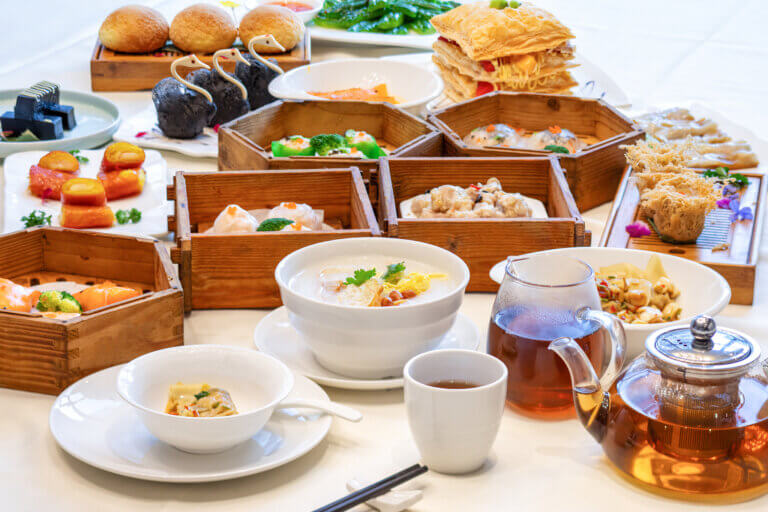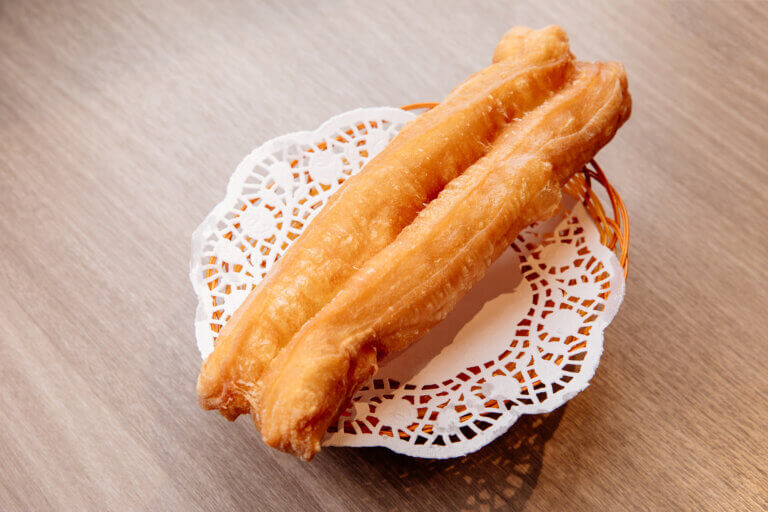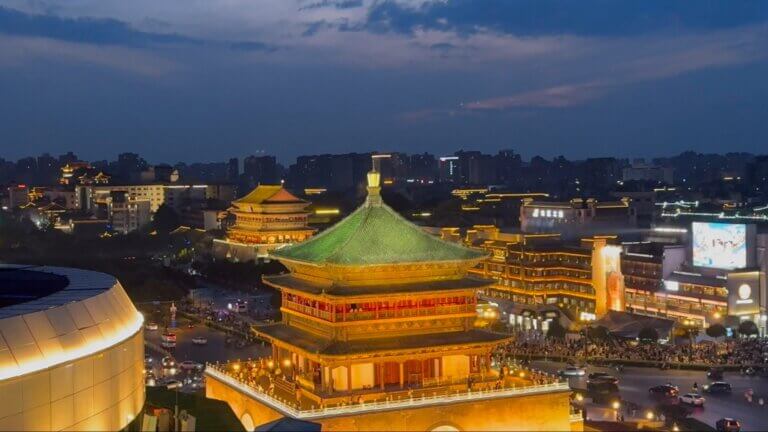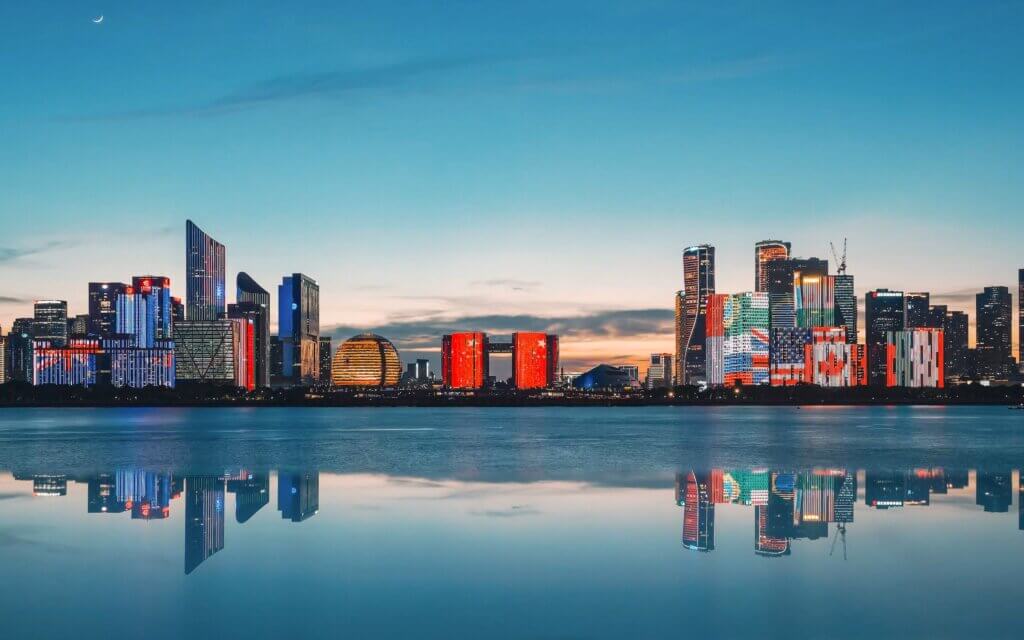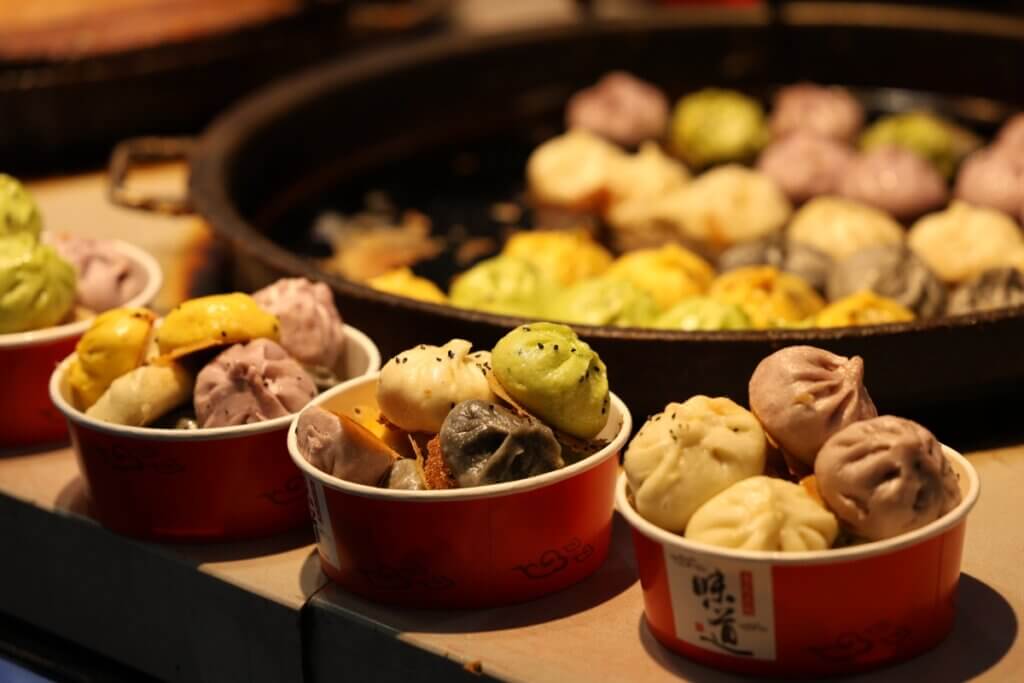
A Culinary Love Letter to Nanjing
Let me confess: I fell in love with Nanjing through its food. It wasn’t the grand monuments or leafy boulevards that stole my heart first—it was the steam rising from a bowl of duck blood soup at a rickety stall, the caramelized glaze on a clay pot of braised pork, and the way locals debate fiercely about which alleyway serves the best xiaolongbao. Nanjing’s cuisine isn’t just about eating; it’s about tasting 2,500 years of history, rebellion, and resilience.
1. Nanjing’s Food Culture: Where Emperors and Street Vendors Collide
Nanjing, once China’s capital under six dynasties, wears its culinary heritage like a silk robe. Here, imperial banquets and humble street snacks coexist. The city’s food culture is shaped by its Yangtze River location—think freshwater delicacies—and its role as a cultural crossroads. During the Ming Dynasty, Nanjing’s kitchens fused northern wheat-based dishes with southern rice traditions, creating a “bridge cuisine” still evident today.
Locals eat with poetic pragmatism. Breakfast is a sacred ritual: office workers slurp yanshuiya (salted duck) congee (1.50)atdawn,whileretireesqueueforflaky∗shaobing∗(sesamecakes,1.50)atdawn,whileretireesqueueforflaky∗shaobing∗(sesamecakes,0.50) stuffed with pickled vegetables. Dinner often involves communal clay pots of luzhu (stewed pork with chestnuts, $8–12), a dish so hearty it could warm a tomb guardian on a winter night.
2. Flavors That Define Nanjing: Salty, Sweet, and Unapologetically Bold
Nanjing’s palate is a paradox—subtle yet intense. The city’s signature salted duck (5–8/halfduck)isn’toverlybriny;it’sdelicatelyseasonedtoenhancethemeat’snaturalsweetness.Butdon’tmistakerestraintfortimidity.Ventureintothebackstreets,andyou’llfind∗∗stinkytofu∗∗(5–8/halfduck)isn’toverlybriny;it’sdelicatelyseasonedtoenhancethemeat’snaturalsweetness.Butdon’tmistakerestraintfortimidity.Ventureintothebackstreets,andyou’llfind∗∗stinkytofu∗∗(1.50) so pungent it could wake a sleeping dynasty, or spicy crayfish ($10–15/bucket) drenched in chili oil and garlic.
Sweetness plays a sly role. The Ming nobility’s obsession with desserts birthed treats like osmanthus-glutinous rice balls (2–3),fragrantwiththecity’sofficialflower.Yetevendessertshaveasavorytwist:theiconic∗∗tangbao∗∗(soupdumplings,2–3),fragrantwiththecity’sofficialflower.Yetevendessertshaveasavorytwist:theiconic∗∗tangbao∗∗(soupdumplings,3–5/8 pieces) burst with pork broth, requiring a skillfully cautious bite to avoid scalding your tongue.
3. Must-Eat Nanjing Classics (and Where to Find Them)
① Nanjing Salted Duck (盐水鸭)
The city’s edible mascot. Unlike Peking duck’s crispiness, Nanjing’s version is tender and moist, cured with a secret blend of spices.
Where to try: Zhang Yun Duck Shop near Confucius Temple—a 80-year-old institution where ducks hang like amber jewels ($6/half).
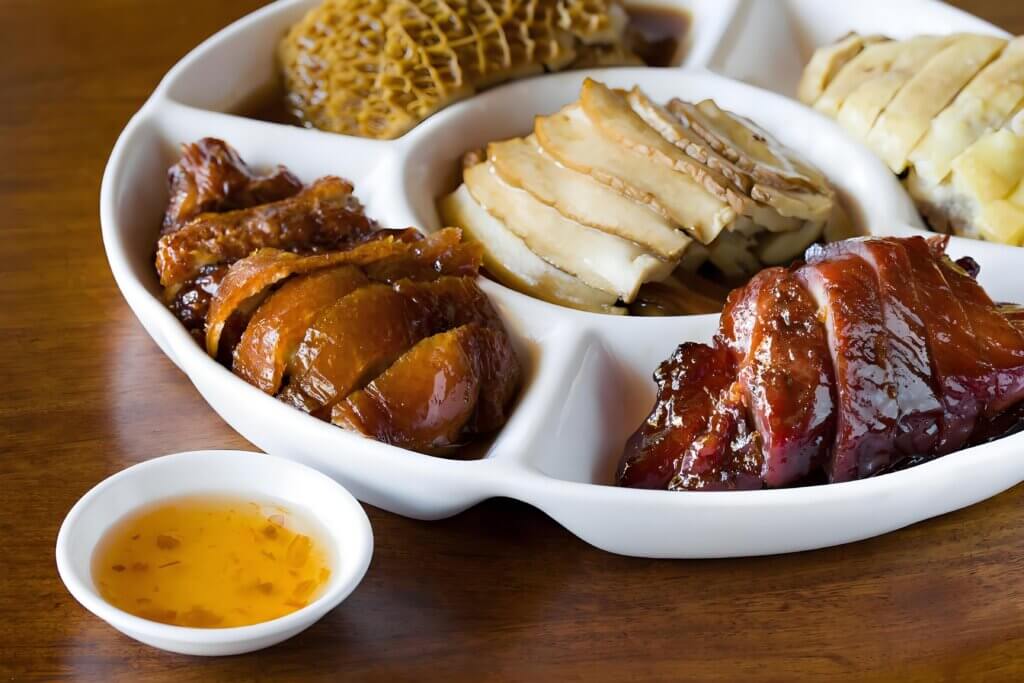
② Duck Blood Vermicelli Soup (鸭血粉丝汤)
A bowl of comfort: silky vermicelli, tofu puffs, and cubes of congealed duck blood in an umami-rich broth. Don’t overthink the blood—it’s milder than tofu!
Where to try: Huiwei chain stores—consistent quality, open late ($2.50/bowl).
③ Lion’s Head Meatballs (狮子头)
Fist-sized pork balls stewed with bok choy. The name? They’re meant to resemble a lion’s mane—poetry for your palate.
Where to try: Nanjing Impressions, a retro-themed restaurant ($4.50 each).
④ Sweet Osmanthus Cake (桂花糕)
Jellied layers infused with osmanthus syrup, served on lotus leaves. A floral dessert that’s Instagram gold.
Where to try: Street vendors around Xuanwu Lake ($1.20/piece).
4. Eating Like a Local: Tips and Taboos
- Avoid tourist traps at Confucius Temple: The area is iconic but overpriced. Walk 10 minutes into nearby Laomendong for authentic eats at half the price.
- Carry cash: Many hole-in-the-wall spots (the best ones!) don’t accept cards.
- Mind the spice: When ordering noodles, specify wei la (微辣, mild spice)—Nanjing’s chili can ambush the unprepared.
- Try “living pearl” (活珠子)… if you dare: These half-developed duck eggs ($1 each) are a local delicacy. Crack the shell, sip the broth, then eat the embryo. It’s… an experience.
Final Bite: Why Nanjing’s Food Tells Its Story
To eat in Nanjing is to taste its soul—a city that’s endured fires, floods, and invasions, yet still serves duck soup with a smile. Its dishes are humble, historical, and unpretentiously delicious. As a street vendor once told me while handing over a steaming jianbing (savory crepe, $1): “Our food isn’t fancy. It’s just honest.” And honestly, that’s what makes it unforgettable.
